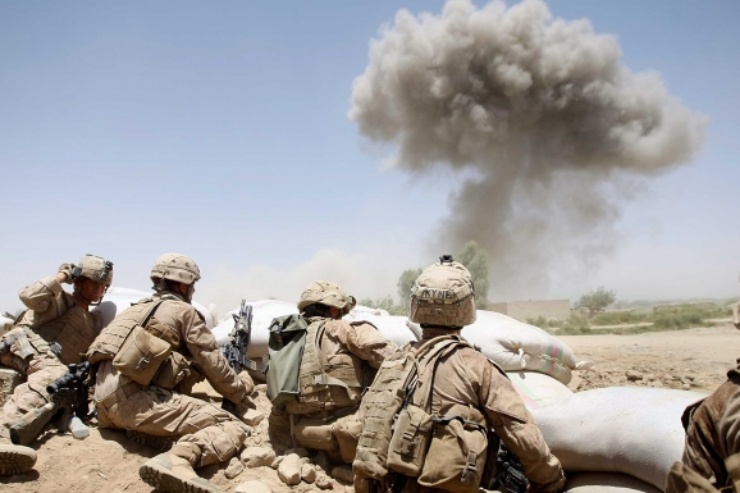
Many countries are involved in armed conflicts, and it seems that in the 21st century we should already have found different ways of solving political, economic or bureaucratic problems. Saving lives should be one of the priorities of all governments, yet we can see that budgets for the army and arms purchases continue to rise. We take a look at some of the countries involved in wars. Hopefully in the coming months many of them will end, especially in places where the death of civilians and especially children is most pressing.
Philippines
There are currently three active conflicts: the oldest is the armed wing of the Communist Party of the Philippines (NPA), which is fighting to gain power and transform the political system. In the second conflict (since 1978), the MNLF demands the self-determination of the Moorish people, where several Islamized ethnolinguistic groups have been living and organized in independent sultanates since the 15th century. The MNLF suffered a split for ideological and leadership reasons, resulting in the MILF. The MNLF signed the peace in 1996, but the MILF continues the struggle. In the third struggle (since 1991), the Abu Sayyaf group wants to establish an independent Islamic state in some areas of the country.
India
There are four conflicts in India: the oldest is between the government and the Maoist armed group ICC-M in seven states of the country. The group is calling for the eradication of the land ownership system and is against parliamentary democracy. In the second confrontation (1982), several armed groups calling for independence fought against the government. In the third conflict (1983), the armed opposition group ULFA was the protagonist, which sought to free the State of Assam from Indian colonization (there were two million people in the area from Bangladesh). The fourth (1989) is liberated in Jammu and Kashmir, since the partition of India and Pakistan. Several groups are calling for independence or accession to Pakistan.
Central African Republic
Several insurgent groups do not recognize the government of François Bozizé, the product of a coup d’état against President Ange Félix Patassé. Lately, attacks against the civilian population by unidentified militias and road robbers (Zaraguinas) have increased. 84% live on less than 2 euros a day and the prevalence of AIDS is 10.7%.
Somalia
A coalition overthrew the dictator Siad Barre in 1991, but soon afterwards there was a power struggle within the coalition itself. The conflict has left 300,000 dead since then. International intervention in the early 1990s failed miserably. Seventy-one per cent of Somalis do not have access to safe drinking water. HERNÁN ZIN: “As happens every time the US interferes in a conflict, the situation has worsened“.
Sudan
Insurgent groups called for the decentralization and development of the Darfur region. The Government responded with the Janjaweed army and militias. In 2006, the Government signed an agreement with an insurgent group, but the rest has been fragmented and violence has intensified. Sixty-six per cent of the population does not have access to basic sanitation. Thousands of child soldiers are forced to join the army and opposition militias. In 2006, they recruited children living in refugee camps. HERNAN ZIN: “The conflict in Darfur only leads to one conclusion: the UN Security Council must be reformed”.
Uganda
This is a frozen conflict. An armed opposition group (LRA), led by its religious leader, Joseph Kony, is trying to establish a regime based on the Ten Commandments of the Bible and overthrow Yoweri Museveni. There are some 200,000 dead and two million displaced. It uses child soldiers and the infant mortality rate is over 13.6%. HERNAN ZIN: “Joseph Kony and his army of young men abducted from their homes as children have kept northern Uganda in check.